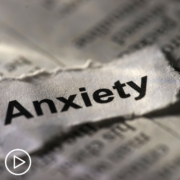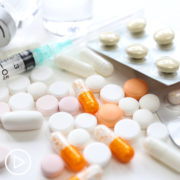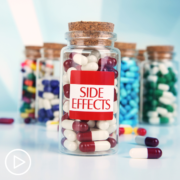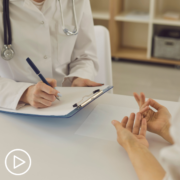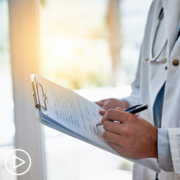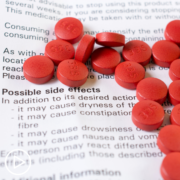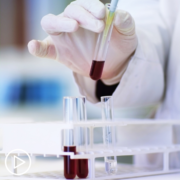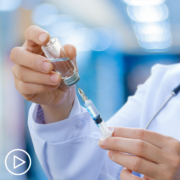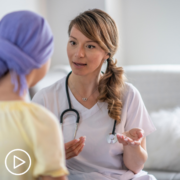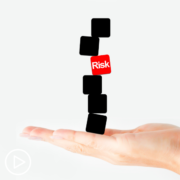Common Chronic Lymphocytic Leukemia Symptoms and Follow-Up Tests
Common Chronic Lymphocytic Leukemia Symptoms and Follow-Up Tests from Patient Empowerment Network on Vimeo.
What’s important for chronic lymphocytic leukemia (CLL) patients to know about symptoms and follow-up tests? Dr. Danielle Brander explains CLL symptoms and symptoms and tests that can help diagnose or rule out CLL.
Dr. Danielle Brander is an Assistant Professor in the Division of Hematologic Malignancies & Cellular Therapy at Duke University Medical Center. Learn more about Dr. Danielle Brander.
Download Resource Guide | Descargar Guía en Español
Related Programs:
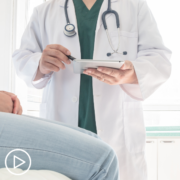
Chronic Lymphocytic Leukemia Prognosis and Treatment Factors |
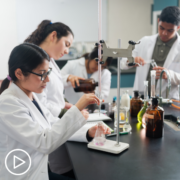
|
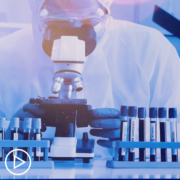
Chronic Lymphocytic Leukemia Research and EVOLVE Trial Updates |
Transcript:
Lisa Hatfield:
I’d like to talk about what’s on the CLL treatment radar. There’s a lot going on in terms of emerging treatment options, clinical trial data, and other learnings from the CLL community. Before we jump into a detailed discussion, can you provide an explanation of what CLL is?
Dr. Danielle Brander:
Absolutely. So CLL, or chronic lymphocytic leukemia, we generally think of as blood cancer. But often as you hear the ending of that, the name leukemia, we also think of it as a lymphoma, meaning patients can have the spectrum of an elevated white count like you might think of in terms of a leukemia. They can also, like a lymphoma though, have enlarged lymph nodes or spleen. And often patients are diagnosed incidentally and that just means that they’re…in seeing their physician or their medical team for other reasons. And they might have had a blood test, and their white count’s elevated. Or they might notice they have a tiny enlarged lymph node or found on screening for other cancers, for example.
And so the takeaway there is that many patients don’t necessarily have symptoms and certainly often many patients don’t have reasons to need to start treatment at the time they’re diagnosed. So in terms of what it is today, I think more and more patients are being diagnosed both because it is something that comes about as patients get older, but also because it’s found during routine other visits. And so more and more patients I think are found incidentally that way.
Lisa Hatfield:
So just a follow-up question to that, if a patient goes into their primary care provider and finds something unusual that might indicate CLL, will they be referred to a hematologist right away at that point? Usually?
Dr. Danielle Brander:
So that is a great question. Often they are, for example, if they’re noted to have a high white count or, specifically a type of white cell called lymphocytes. However, there are many things that can cause that or cause a small lymph node. And so, some primary care appropriately, if those changes are small and they could be due to other things like an infection, for example, then their primary care might want to follow up first. And if things go away, it may not be related to a cancer at all.
But if it’s something that persists or it seems very out of range, or primary care, who, you know, are specialists and seeing kind of changes all the time, and may say this seems a little bit out of range, then even before something’s diagnosed, patients might be referred to a hematologist or an oncologist to help with that workup. But often because primary care is so astute in seeing these things, they may counsel patients to say, let’s send this test or this test to get things going while we’re speaking to a hematologist or oncologist.



